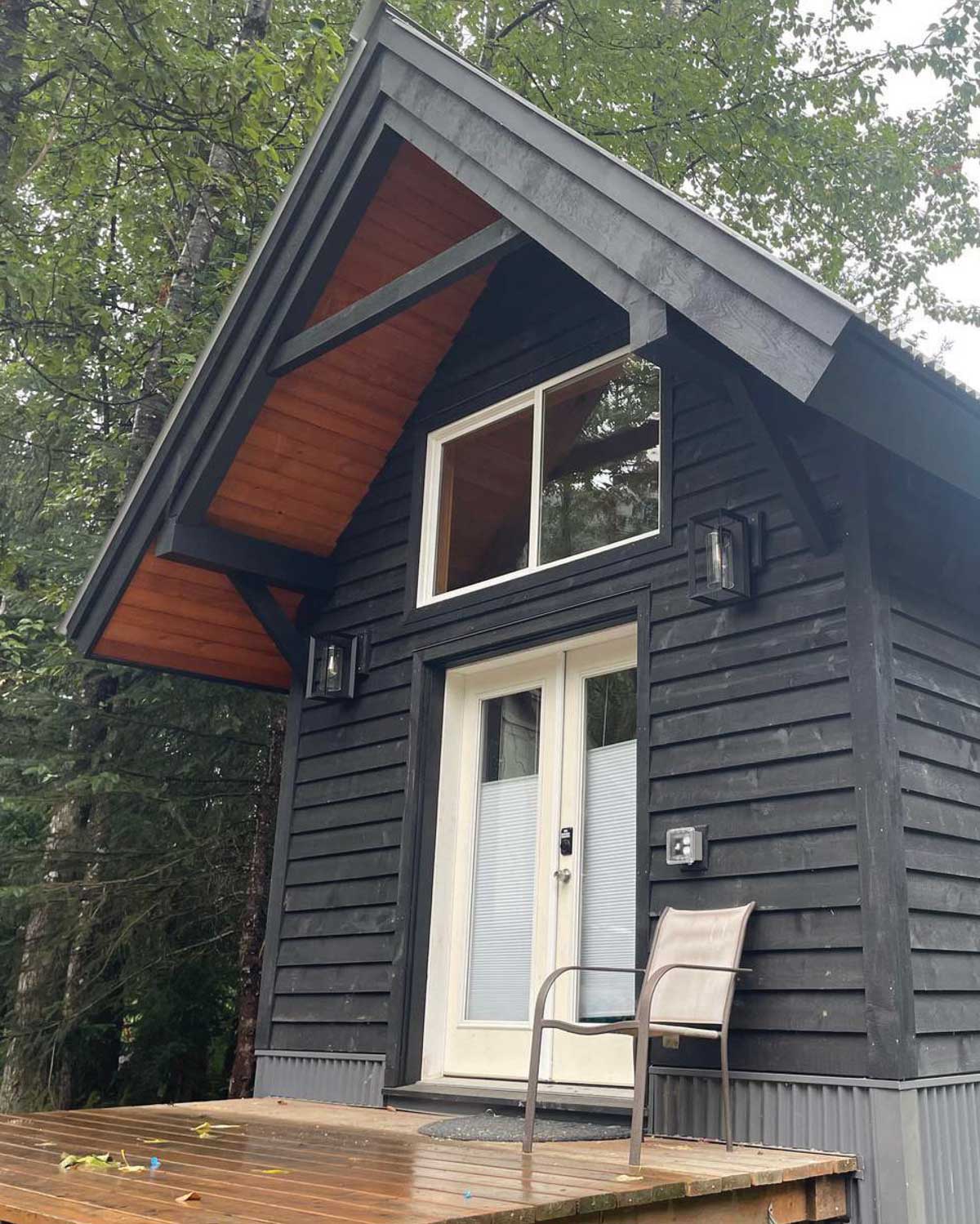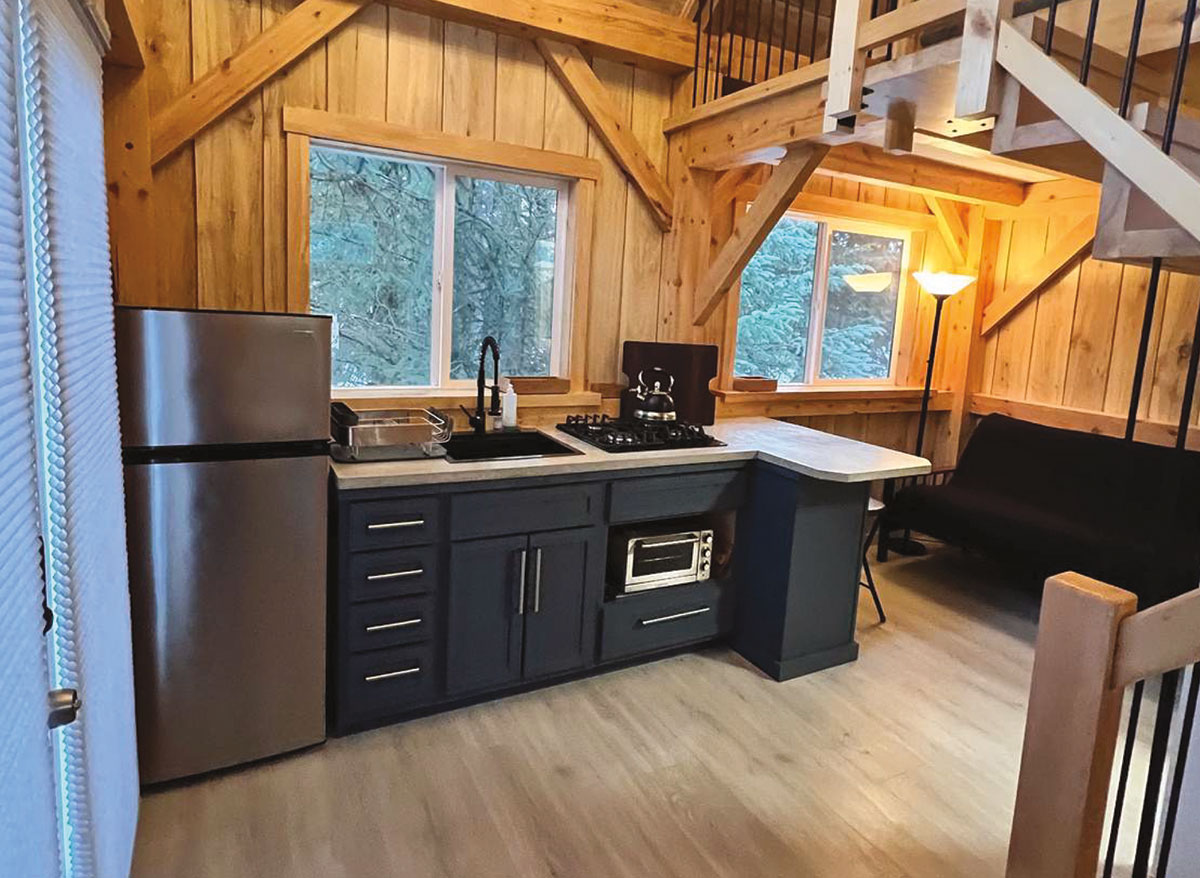nchorage is home to approximately 290,000 residents, which is almost 40 percent of the state’s population. Yet for years the city has grappled with the challenge of how to attract and retain a skilled workforce. A coalition of local business leaders and organizations argue that adding a sales tax is the key to increasing Anchorage’s attractiveness as a place to live, work, and play. The tax would fund Project Anchorage, an initiative to revitalize the city through public investment, which proponents say would improve Anchorage’s livability and draw in new residents, businesses, and tourists.
Thus, at the root of Project Anchorage is a temporary sales tax aimed at raising revenue for projects that would attract and retain residents. Simultaneously, the plan seeks to reduce property taxes, the main source of funding for the Municipality of Anchorage.
Drawing inspiration from Oklahoma City’s MAPS, Project Anchorage has been shaped by community input to address diverse needs. In 2022, the Anchorage Economic Development Corporation (AEDC) organized a delegation of more than twenty Anchorage business leaders to visit Oklahoma City.
“What we saw was a city that had once faced many of the same challenges Anchorage is grappling with today, such as a stagnant economy and a shrinking working-age population. But through the visionary MAPS program, Oklahoma City turned the tide,” says AEDC President and CEO Jenna Wright. “Their population grew by 40 percent, and they attracted billions in private investment, fueling a booming economy. We’re passionate about securing that same future for Anchorage—one where strategic public investments spark private investment, economic growth, attract talent, and build a city that thrives for generations to come.”
In 2023, AEDC invited Mick Cornett, a former mayor of Oklahoma City, to its annual 3-Year Outlook luncheon to explain the turnaround during his four terms. As he put it, the MAPS success story shows that strategic public investments can encourage private-sector growth, attract new residents, and provide long-term economic benefits.
AEDC crafted Choose Anchorage, a nineteen-point action plan, in 2022 in response to a “secret shopper” study that recommended quality-of-life improvements. The study also prompted a response from then-Mayor Dave Bronson, called the Project Anchorage Task Force. For its public investment push, Choose Anchorage took the name of the task force.
A key aspect of Project Anchorage is generating revenue from both residents and tourists. As Alaska’s largest city and a major economic hub, Anchorage is also a gateway for more than 2 million tourists who visit the state annually. Tourism is vital to the local economy, bringing in more than $2 billion in revenue and supporting thousands of jobs in sectors like hospitality and retail. Project Anchorage aims to leverage this spending, allowing tourists to contribute to funding essential infrastructure and public amenities beyond the current excises on hotel rooms and rental cars.
Anchorage’s demographic shift, characterized by a shrinking working-age population, is one of the most pressing challenges the city faces. According to a report provided by AEDC, in 2023 working-age residents made up just 65 percent of Anchorage’s total population, down from 69 percent in 2014. A shrinking workforce can lead to lower productivity, reduced tax revenue, and fewer resources for public services. Additionally, Anchorage’s ability to attract and retain younger residents has been hindered by the lack of affordable housing, limited job opportunities, and a perceived lack of modern amenities and recreational facilities.
The initiative seeks to reverse these trends by investing in community spaces, recreational facilities, and cultural projects to boost the city’s appeal to younger residents and families. By enhancing quality of life, the initiative aims to retain current residents and attract new ones.
The levy, much higher than Oklahoma City’s 1 percent MAPS tax, would be a tricky proposition in a city as tax averse as Anchorage. A sales tax proposition failed in 2006, and another attempt in 2016 was withdrawn for lack of support. With that in mind, Project Anchorage is trying to sweeten the bargain.
Anchorage has traditionally relied heavily on property taxes to fund essential services and infrastructure. Under Project Anchorage, two-thirds of the revenue generated from the sales tax, or about $120 million per year, would offset property taxes by up to 20 percent. An average house valued at $450,000 would see a rebate of almost $100 per month. This relief is expected to benefit not only homeowners but also renters, whose housing costs are often influenced by property taxes, and commercial property owners, who have felt a disproportionate share of the tax burden.


Girdwood Arts & Recreation District

Over the summer, AEDC collected public suggestions, which were reviewed by a committee and refined through a third-party poll to identify the most promising projects. AEDC is now collaborating with architects, engineers, and construction professionals to evaluate the feasibility and impact of the shortlisted initiatives. Here’s what’s proposed so far:
Ship Creek Riverwalk: Drawing inspiration from the Riverwalk in San Antonio, Texas, this project envisions a pedestrian-friendly development along Ship Creek. This proposed plan includes shops, cafes, and event spaces, with heated walkways and eco-friendly features to make it accessible year-round. The Ship Creek Riverwalk would become a key attraction for residents and tourists alike, showcasing Anchorage’s natural beauty while enhancing urban walkability.
Nordic Aquatic Center: This indoor facility would offer year-round recreational opportunities, featuring pools, water slides, hot tubs, and saunas. Exemplified by Nordic-style spas common in Northern Europe and Canada, an idea already imported to Alyeska Resort in Girdwood, it aims to provide a haven from long Alaska winters.
Four Season Trail Facilities: This project focuses on enhancing key outdoor spaces like Kincaid Park, Goose Lake, and Westchester Lagoon for year-round recreation. Planned upgrades include infrastructure for skiing, skating, and swimming, along with concessions and rental shops. Drawing from the Trailhead Building in Minneapolis, Minnesota, it aims to integrate food services and seasonal infrastructure to promote continuous use. Kikkan Randall, executive director of the Nordic Skiing Association of Anchorage, notes that these improvements would boost winter sports accessibility, fostering year-round outdoor engagement in a city where snow often outlasts the sunshine.
Chester Creek Sports Complex: A proposed state-of-the-art multi-sport complex, this facility would accommodate hockey, baseball, football, and more. The design includes commercial spaces and housing, providing versatile venues for local leagues and major events, addressing Anchorage’s need for modern sports facilities.
Downtown Arts and Entertainment Redevelopment: This initiative seeks to revitalize Anchorage’s downtown arts scene by upgrading theaters, parks, public art, and pedestrian areas for year-round events. Inspired by Promenade Park in Fort Wayne, Indiana, it aims to enhance community engagement through vibrant arts and entertainment spaces.
Anchorage Sports Center: A community sports hub featuring courts, an indoor track, and turf fields to support local youth and adult leagues. Anchorage already has one at The Dome, so a new center would add more flexible spaces for basketball, tennis, pickleball, and more, generating revenue through league play.
Children’s Museum: A hands-on museum designed for children, featuring exhibits that promote creativity and scientific curiosity, with a focus on Alaska’s culture and diversity. Inspired by the Imaginarium as it formerly existed Downtown, it would include interactive exhibits and educational programs, especially for children under age 5.
Chugiak-Eagle River Sports and Recreation Facility: This indoor facility would support basketball, soccer, volleyball, and other sports, catering to both youth and adult leagues. Inspired by Spooky Nook Sports (three complexes in Ohio and Pennsylvania, one with 14 acres under one roof), it would feature courts, turf fields, and rental spaces, with revenue opportunities from tournaments and events.
Girdwood Arts and Recreation District: This project proposes a community arts and recreation district in Girdwood, hosting artists in residence within a cabin community. It would feature galleries, workshops, and an RV park to support local events and tourism. Inspired by the Pilchuck Glass School founded by Washington artist Dale Chihuly, it aims to blend arts with outdoor recreation, fostering community engagement and cultural growth.
This list is not exhaustive or final, and details may change before reaching the ballot.
Wright explains, “The proposal outlines a temporary seven-year tax collection period, which will then sunset. However, supporters are optimistic that once Anchorage residents see the positive impacts, they will be motivated to renew it for another term, much like similar successful initiatives in Oklahoma City.”
Oklahoma City’s MAPS spanned eight years for its first phase before voters approved new phases in 2001 and 2009.
“Proponents of Project Anchorage believe that by enhancing the city’s infrastructure and livability, Anchorage can stimulate private investment and economic growth,” Wright says. “Lowering property taxes for residents and businesses will make living and operating in Anchorage more affordable. The proposed capital investments, a once-in-a-generation opportunity, are intended to be funded through a dedicated trust that covers the construction, operation, maintenance, and security of voter-approved projects. This approach ensures future taxpayers won’t bear the costs of maintaining these facilities.”
Once the projects have been selected, and if accepted by the Anchorage Assembly, the initiative will be put to a vote. The success of Project Anchorage will ultimately depend on whether voters choose to support this ambitious plan. Continued collaboration among residents, business leaders, and local government will be crucial to ensuring Anchorage remains a place where people want to live, work, and invest for years to come.